Before selfies, smartphones, and social media algorithms, there was still a desire to capture the fleeting, faces, light, history, memory. These early photographers didn’t shoot for followers or “likes.” They aimed to preserve reality itself.
From hoaxes to moonshots, portraits to protests, these 15 images represent some of the oldest surviving photographs in the world. Each one marks a technical first, and each reveals a piece of the human story that might have otherwise faded with time.
The Origins of the Click
The first seeds of photography were planted not with chemicals or cameras, but with light and shadow. In the 11th century, Iraqi scientist Ibn al-Haytham designed the camera obscura, a dark room or box that projected an upside-down image of the outside world through a pinhole.
But it wasn’t until the early 1800s that photography, as we know it, took shape.
In 1826 or 1827, French inventor Joseph Nicéphore Niépce created the world’s first permanent photograph by exposing a bitumen-coated pewter plate to light for eight hours. By 1839, fellow Frenchman Louis Daguerre refined the method using silver-plated copper sheets, ushering in the daguerreotype era.
A Gallery of Firsts
A visual journey through photography’s earliest breakthroughs.
1. First Reliably Dated Daguerreotype (1837)
Inventor: Louis Jacques Mandé Daguerre
As the man behind the daguerreotype process, Daguerre unveiled his photographic invention to the public in 1837. These heavy, silver-coated plates weren’t exactly convenient, but they were revolutionary. Early adopters were often the wealthy, and sitting for a photo was a luxury akin to commissioning a painted portrait.
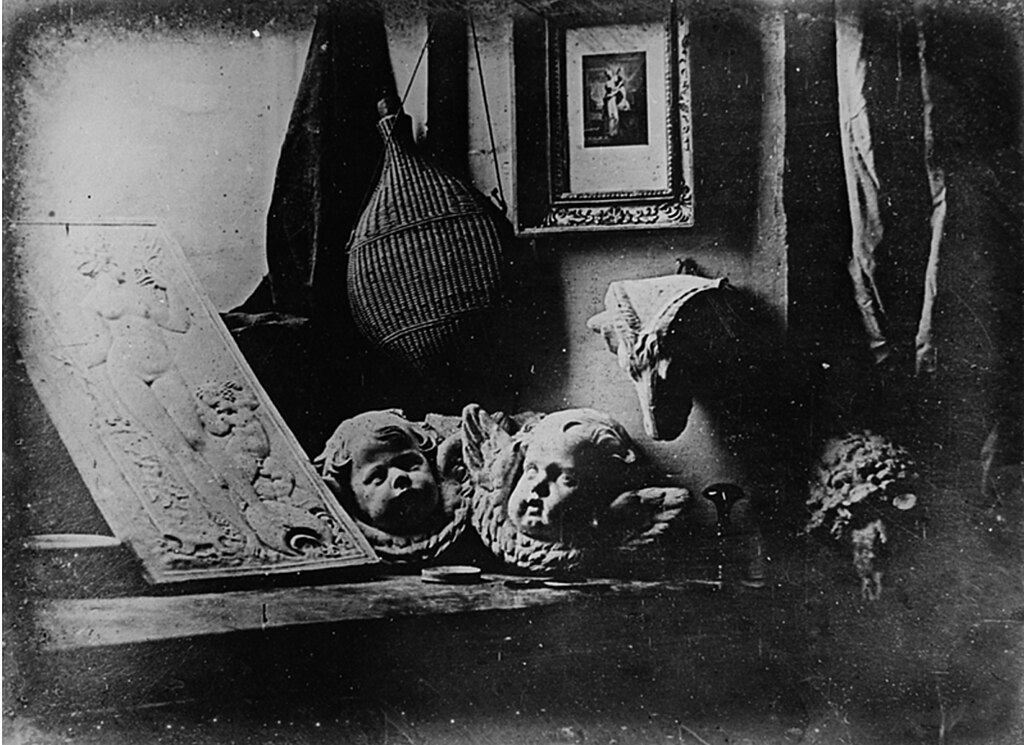
2. First Photograph with a Human In It (1838)
Location: Boulevard du Temple, Paris
At first glance, this image of a Parisian street looks empty. But look closely: a man getting his boots shined and his shoeshiner were captured by accident during the photo’s several-minute exposure. Everyone else walked by too quickly to leave a trace.
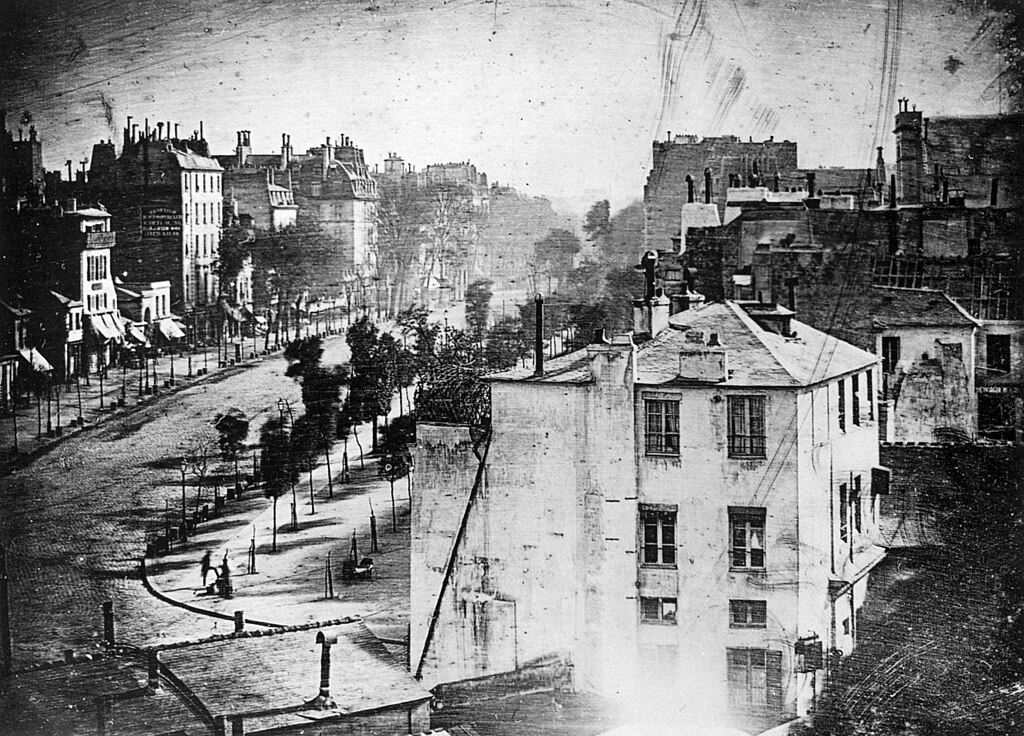
3. Oldest Surviving Photograph of a Woman (1839–1840)
Subject: Dorothy Catherine Draper
Captured by her brother John William Draper, Dorothy’s portrait was among the first ever taken of a woman. Shot at New York University, the image demonstrates how swiftly photography crossed continents and social boundaries, immortalizing ordinary people with an extraordinary new tool.
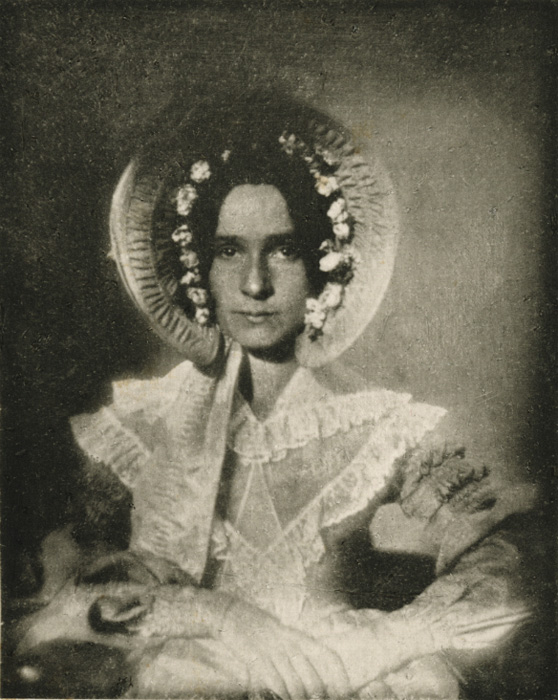
4. First Self-Portrait in Photography (1839)
Subject: Robert Cornelius
With his arms crossed and gaze steady, Robert Cornelius unknowingly snapped the first known selfie. He exposed the plate, dashed into frame, and held still for minutes. The result? A hauntingly modern image from the dawn of photographic history.
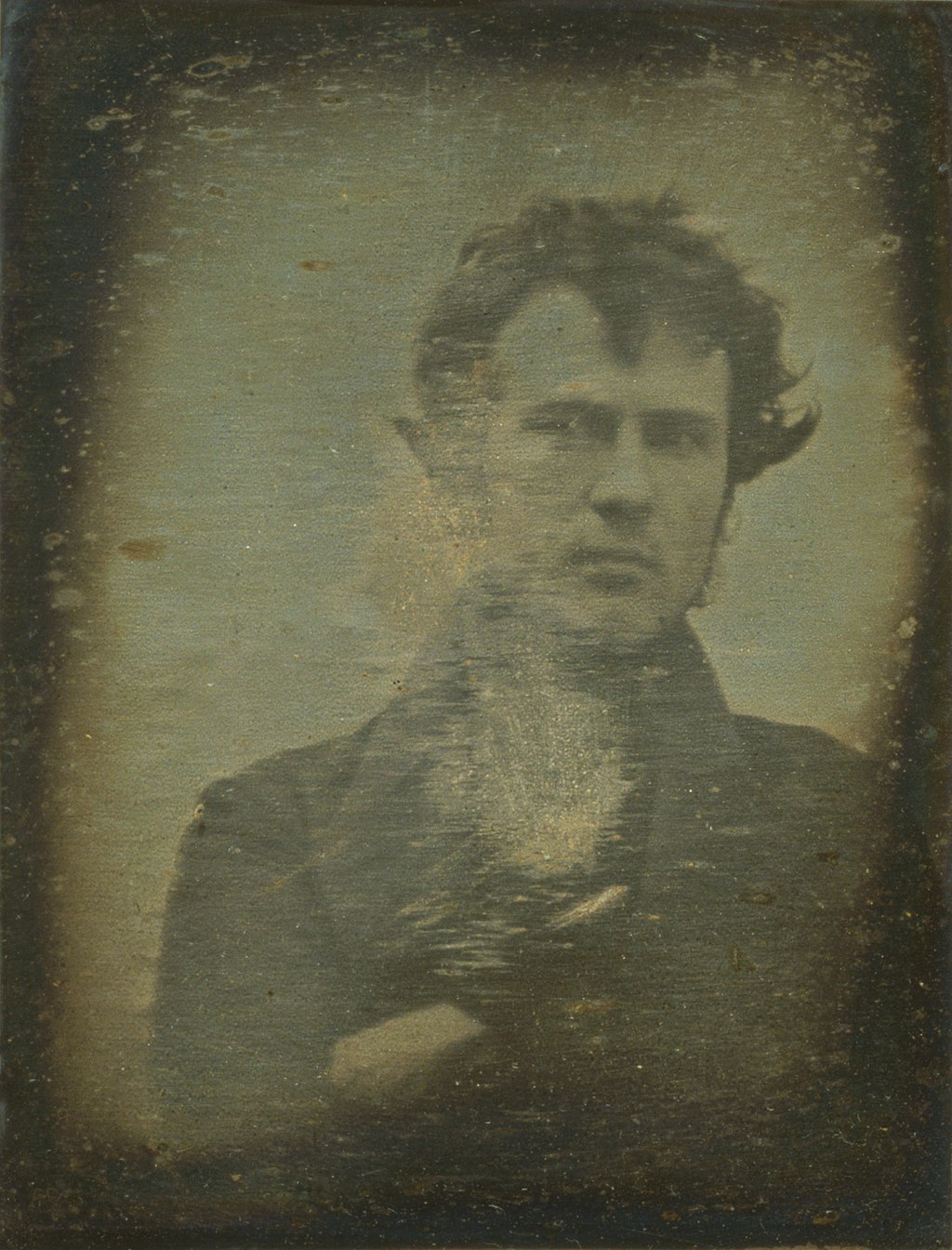
5. First Hoax Photograph (1840)
Subject: Hippolyte Bayard as a “Drowned Man”
Overlooked in the invention race, Bayard responded with drama, staging his own death in protest. In the image, he appears drowned, slumped against a backdrop. More than a prank, it was a critique on recognition and truth in art, issues we still debate today.
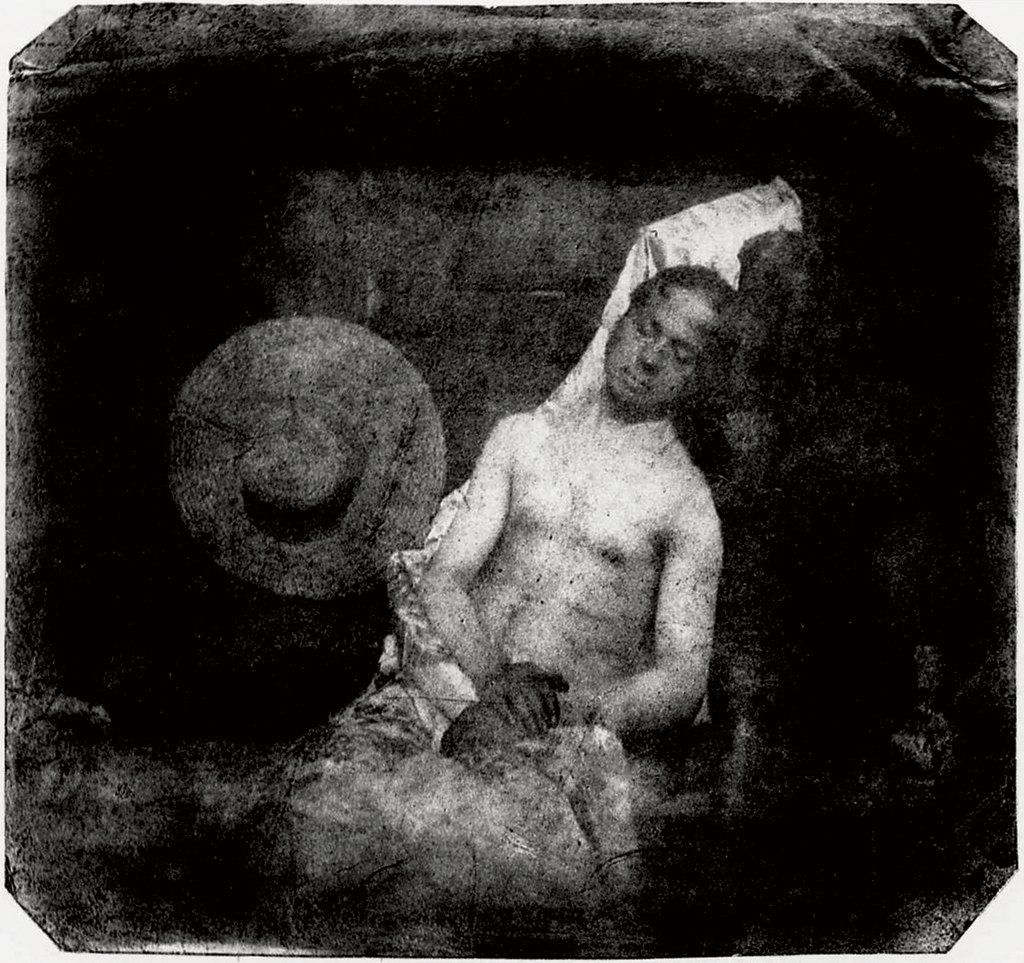
6. First Photograph of the Moon (1840)
Photographer: John William Draper
Using New York University’s rooftop observatory, Draper photographed the moon in unprecedented detail. His ghostly image paved the way for astrophotography, a genre that would someday explore galaxies far beyond our reach.
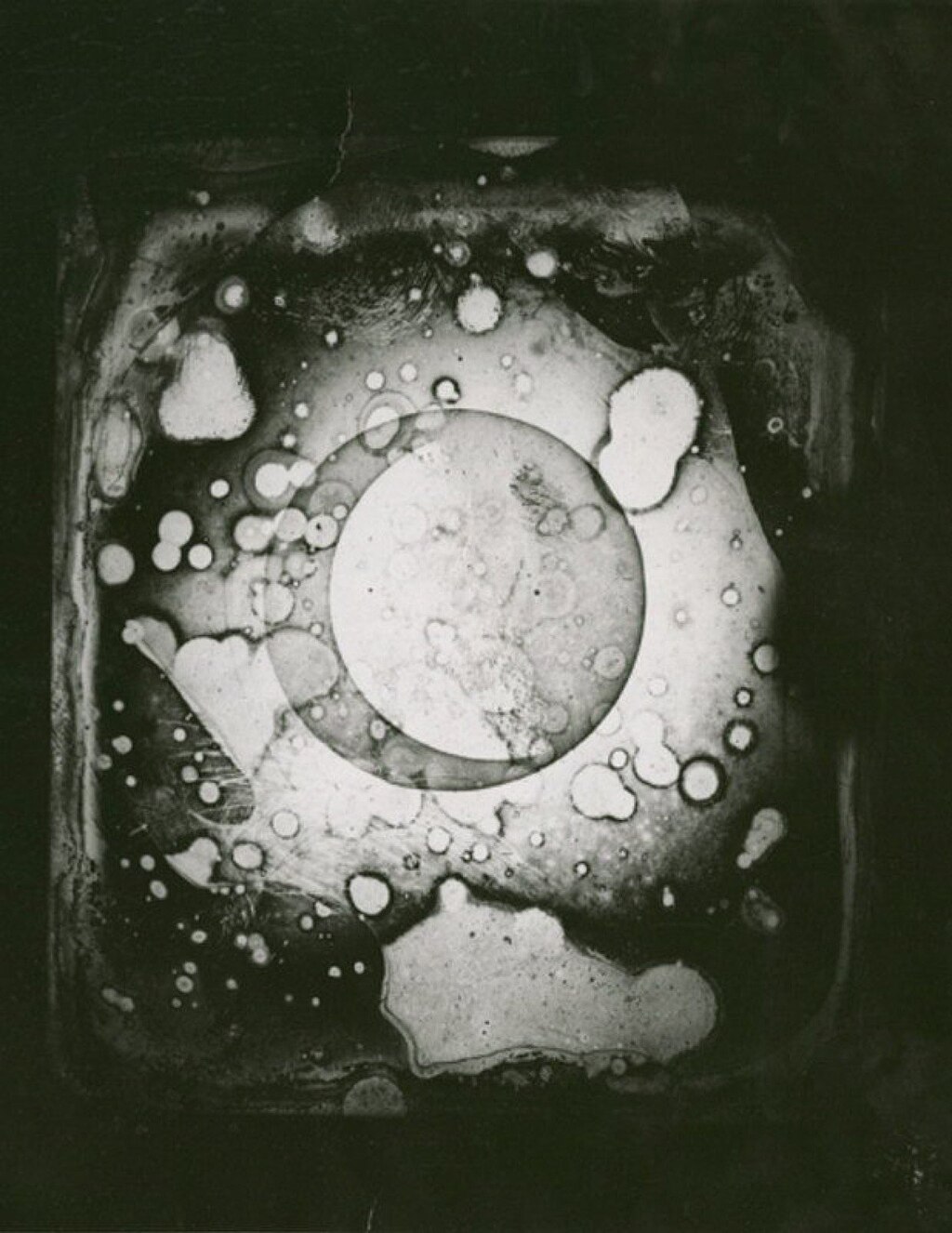
7. Oldest Photograph of a U.S. President (1843 or 1847)
Subject: John Quincy Adams
Captured by Philip Haas, this rare portrait shows the sixth U.S. president in his twilight years. Even in old age, Adams exuded quiet gravitas. The image is thought to be the earliest surviving photo of any American president.

8. First Photograph of the Sun (1845)
Photographers: Hippolyte Fizeau and Léon Foucault
Sunspots appear clearly in this daguerreotype, the earliest known image of our star. Captured with stunning precision for its time, this photo shows just how quickly science and photography began walking hand in hand.
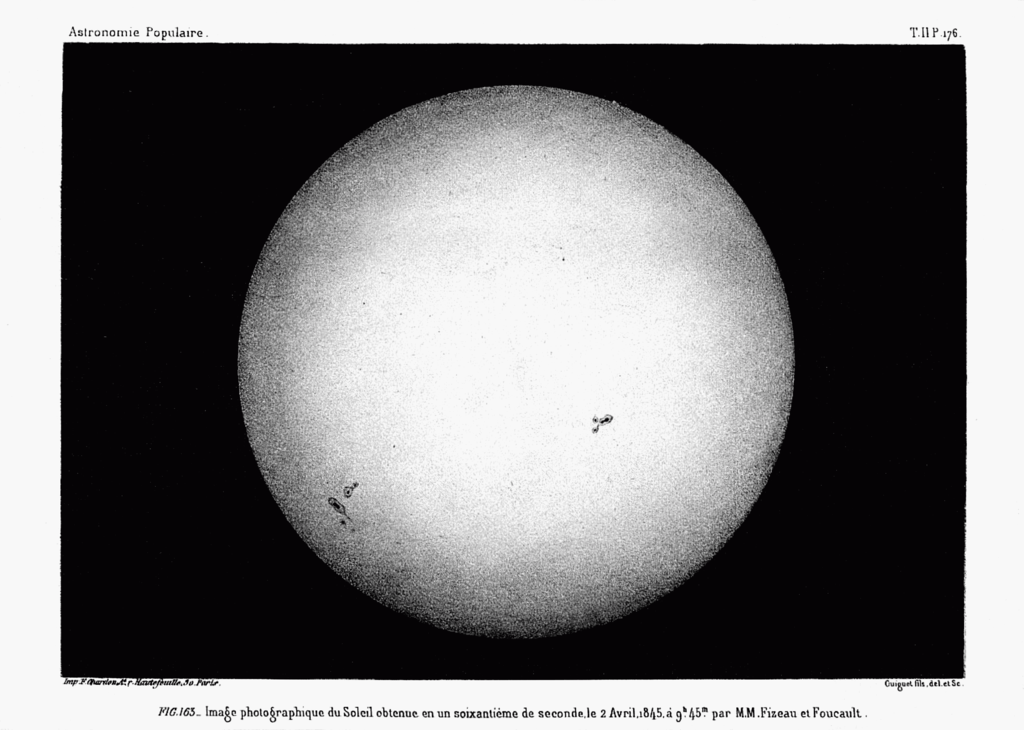
9. Oldest Photograph of New York City (1848)
This view of a private estate along Old Bloomingdale Road (now Broadway) offers a rare peek into Manhattan before skyscrapers. No yellow cabs. No Times Square. Just trees, fences, and silence.
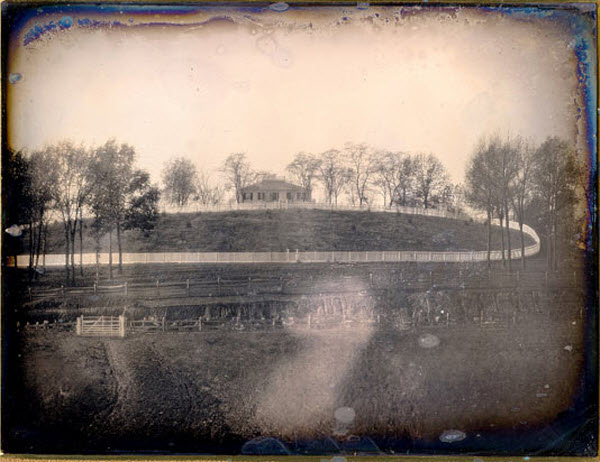
10. Oldest Photograph of People Drinking (1844)
Pictured: David Octavius Hill, James Ballantine, Dr. George Bell
The trio, dressed in mid-19th century garb, enjoys a round of drinks. It’s perhaps the first candid moment caught on camera, three friends sharing laughter, unaware they were making history.
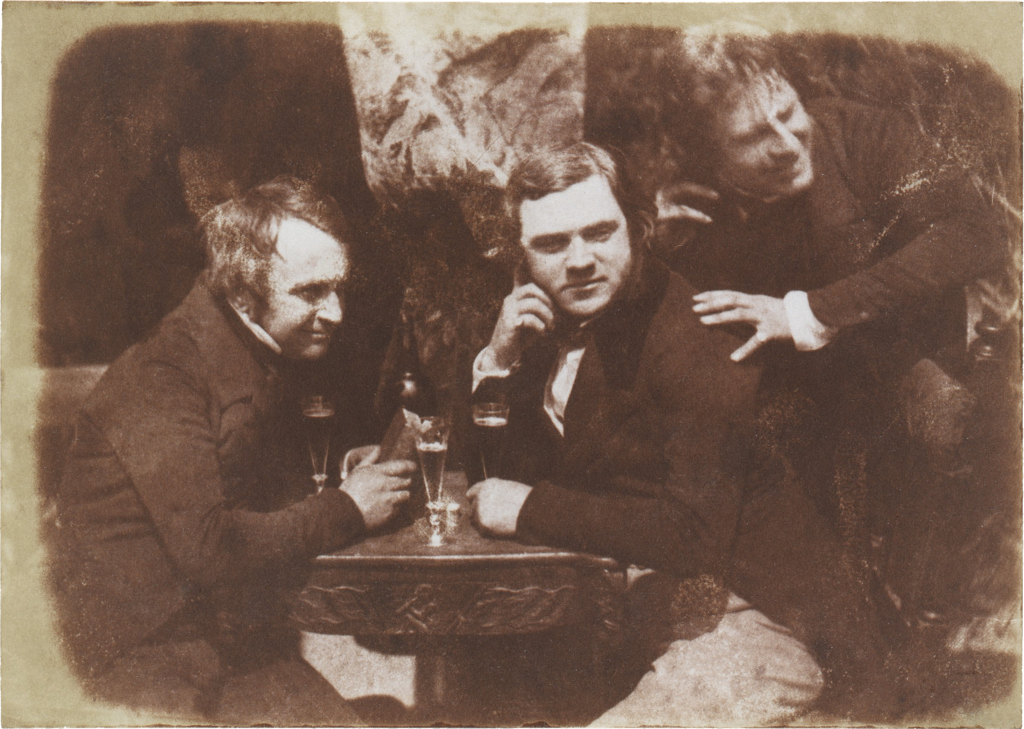
11. Oldest Known Image of a Native American Village (1853)
Photographer: Solomon Carvalho
This daguerreotype shows a Cheyenne encampment in what is now Colorado. Taken during the Frémont Expedition, it’s a crucial piece of early documentation of the American West and Plains Indian life.
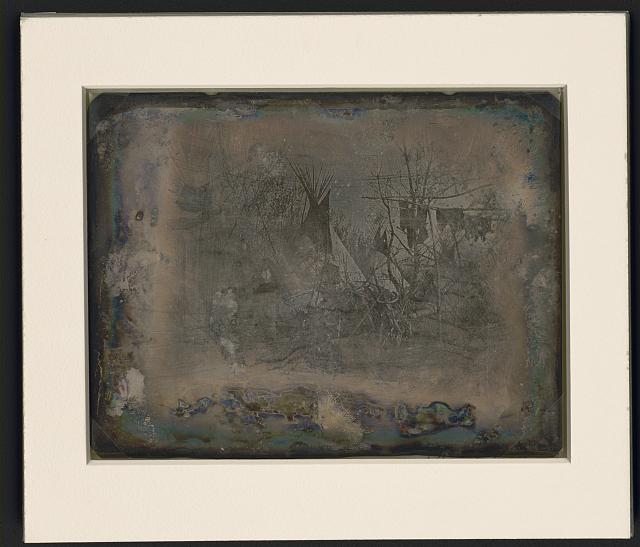
12. First Color Photograph (1861)
Photographer: Thomas Sutton, under James Clerk Maxwell
Subject: A tartan ribbon
Using three color filters, red, green, and blue, Sutton captured the same object and projected the images in unison. The result was a ribbon in full color, 150 years before Instagram filters.
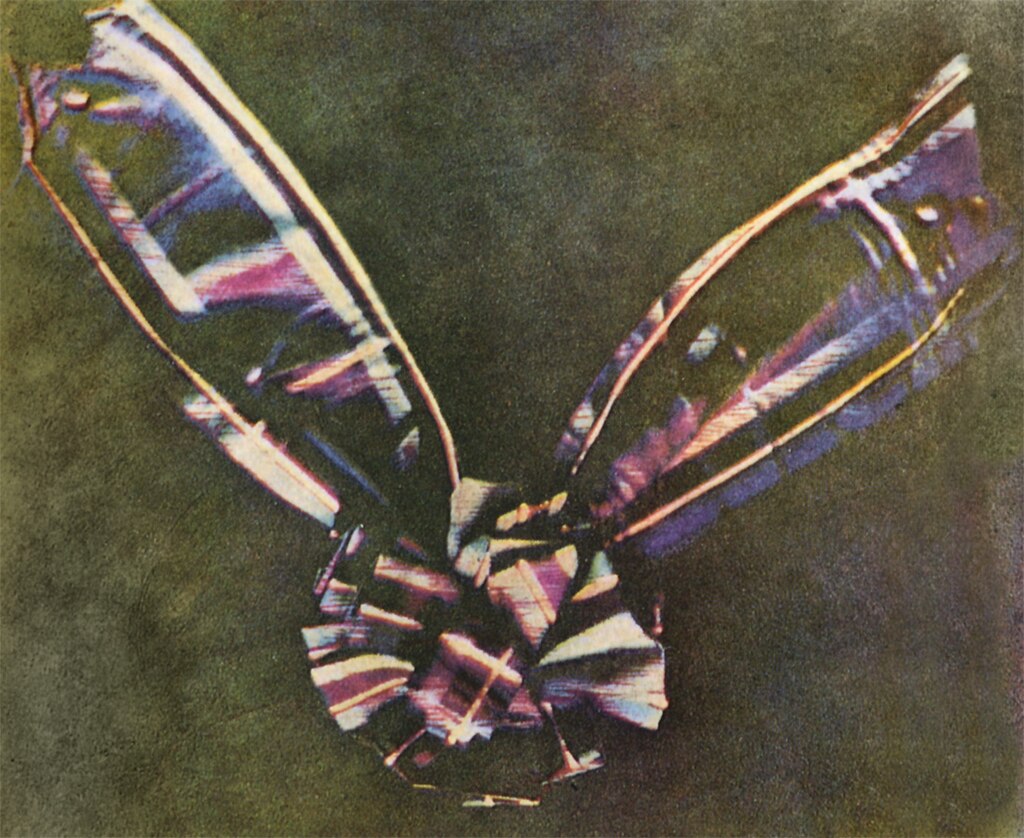
13. Oldest Aerial Photograph (1860)
Title: Boston, as the Eagle and the Wild Goose See It
Photographer: James Wallace Black
Taken from a hot-air balloon 1,200 feet above Boston, this pioneering aerial photo is breathtaking. The title alone captures the poetic wonder of seeing earth from above for the first time.
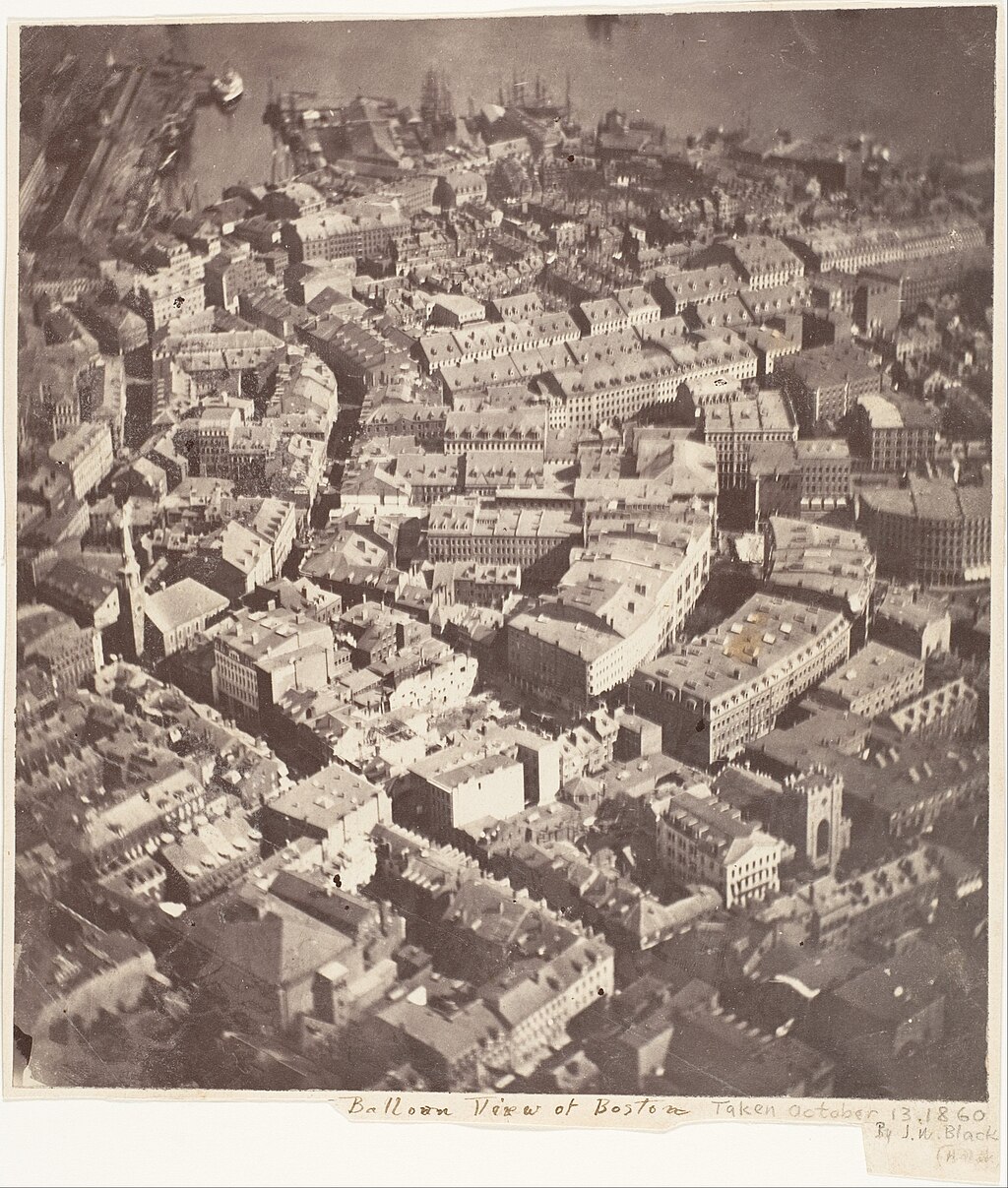
14. First Colored Landscape Photograph (1877)
Photographer: Louis Ducos du Hauron
Location: Agen, France
Featuring the Cathédrale Saint-Caprais d’Agen, this photo used an early color reproduction technique described in du Hauron’s own published theories, a foundation for modern color photography.
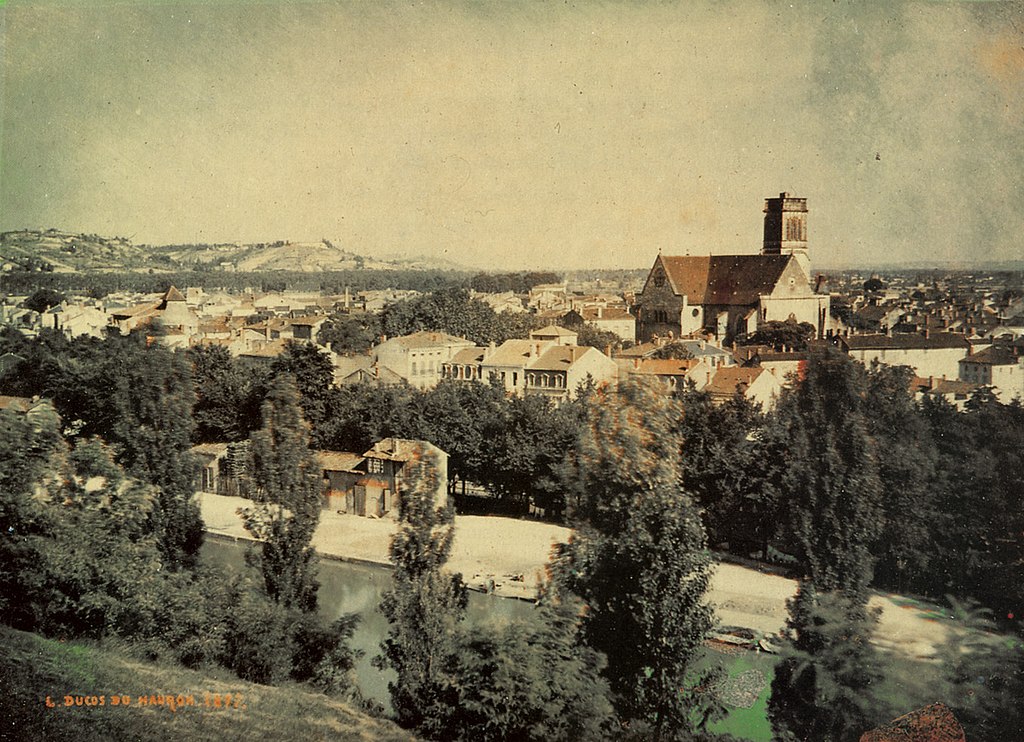
15. First Photograph of a Tornado (Date Unknown)
No easy feat. Early storm chasers braved swirling winds, hauling fragile equipment into danger zones. The image is grainy, but undeniably awe-inspiring, and very possibly fueled by equal parts science and adrenaline.
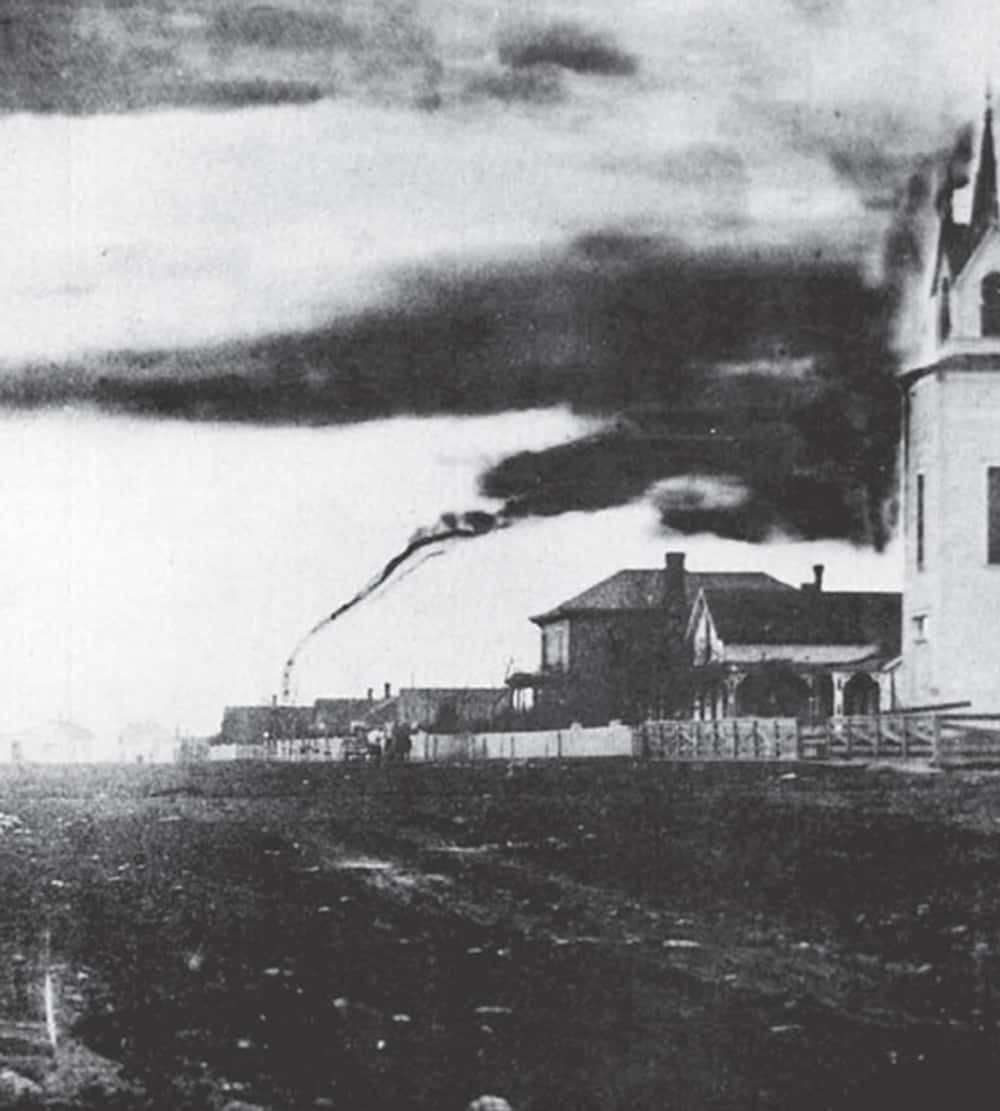
Why These Images Still Matter
These images aren’t just relics of the past, they’re milestones in how we understand memory, reality, and ourselves.
In a world now saturated with daily snapshots, there’s something sacred about the stillness in these photographs. Their long exposure times didn’t just freeze a moment; they captured patience, presence, and a yearning to be seen.
They remind us that photography isn’t just about technology. It’s about connection.
Final Focus
From rooftops in New York to balloon rides over Boston, from tartan ribbons to presidential portraits, these early photographers weren’t just inventors. They were poets with plates and chemicals instead of pens.
So next time you snap a photo, remember the pioneers who stood motionless for minutes to gift us with the still image, and thank them for showing us how beautiful “forever” could look.
Featured Image from: Sotheby’s, Public domain, via Wikimedia Commons

